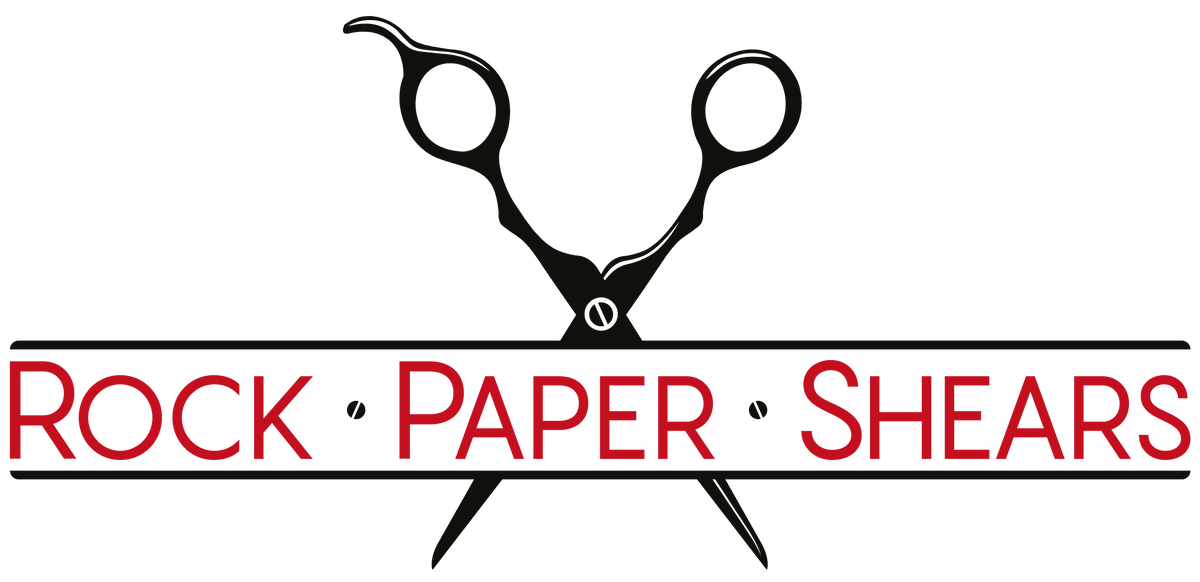
The TLC Ultimate Guide to Hair Shear Care:
Clean, Oil, and Adjust Like a Pro
1. Cleaning & Sanitizing: The Non-Negotiable First Step
Title

Title
2. Oiling: Because Dry Shears Are Dead Shears
Title

Title
3. Adjusting Tension:
The Hidden Secret to Long Shear Life
Title

Title
